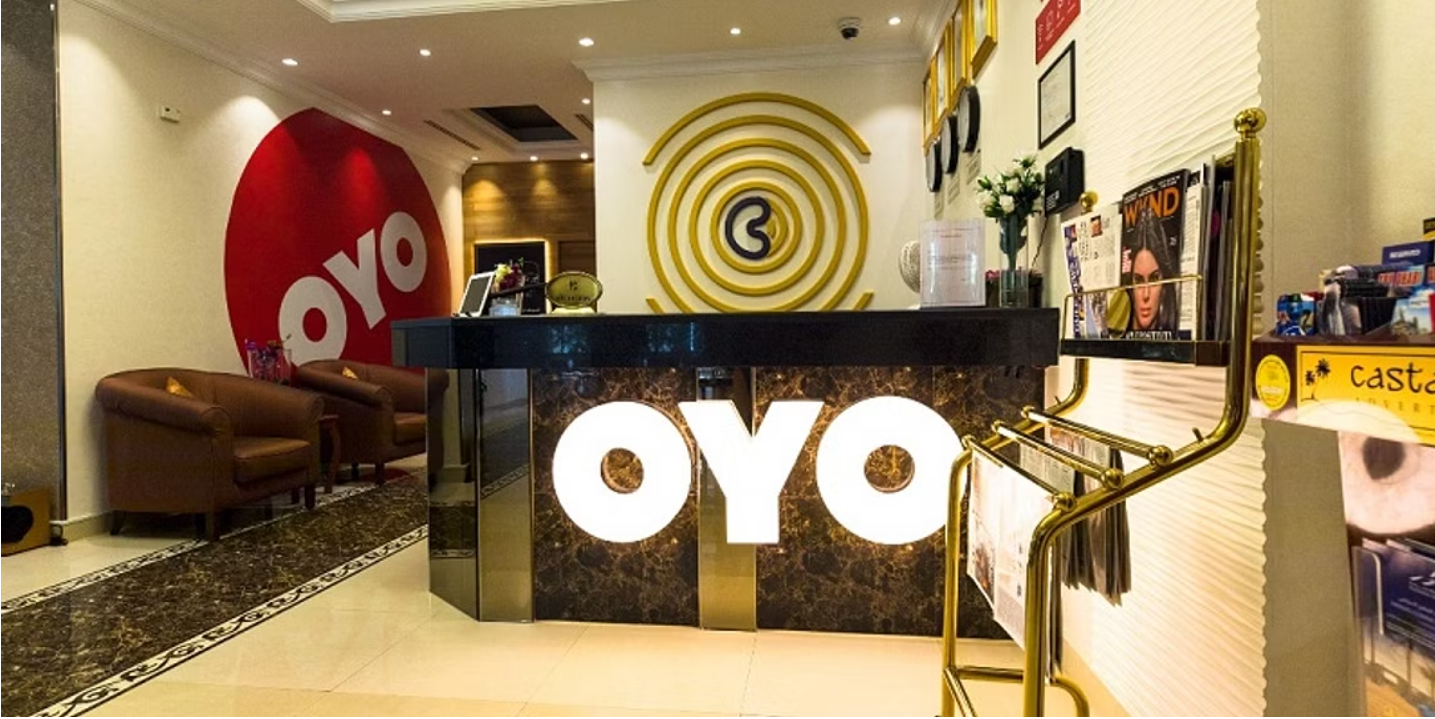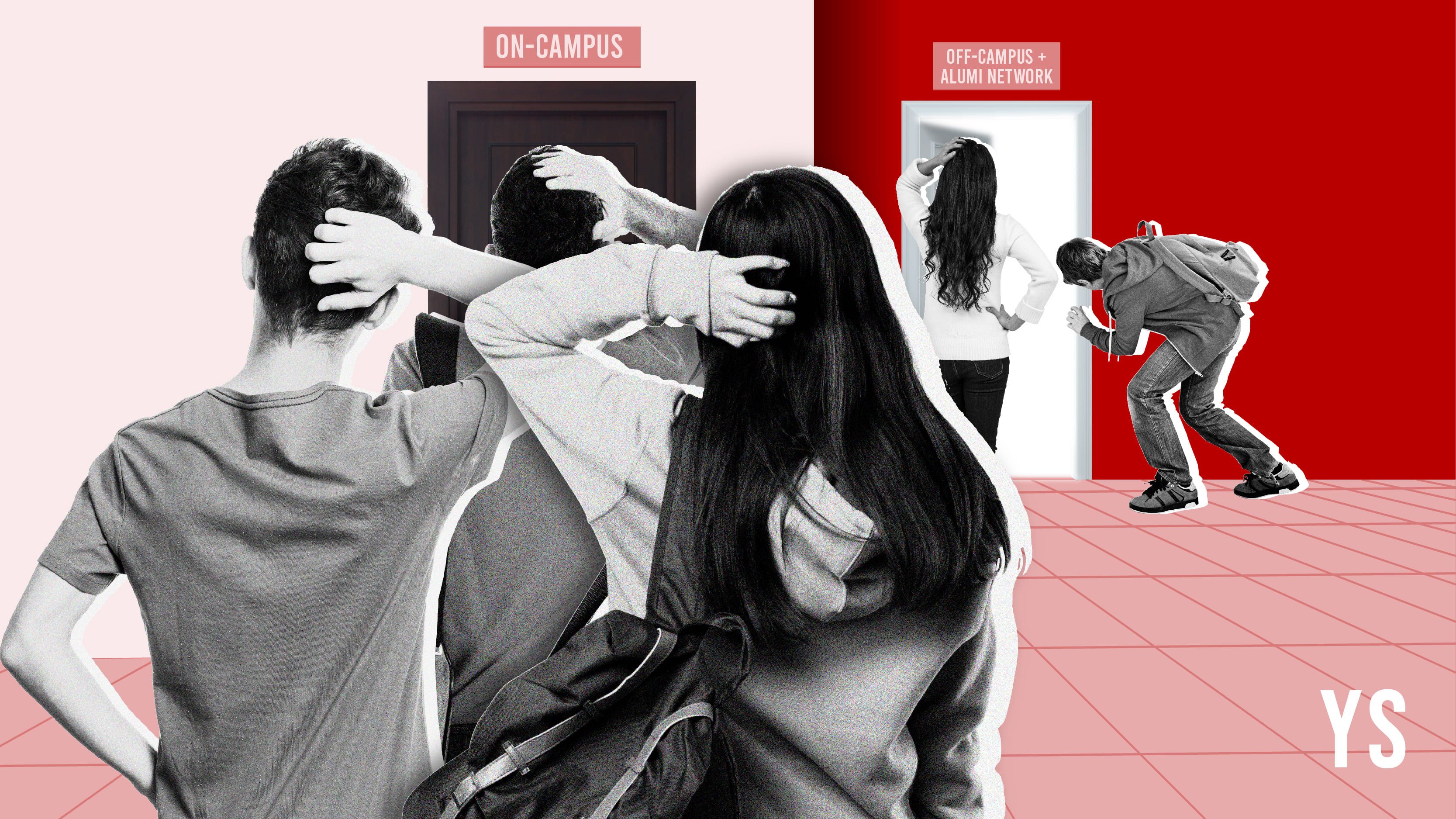A retail loan is given to an individual by a commercial bank, a credit union, or a financial institution to purchase assets like property, vehicles, consumer electronics, etc.

Generally, a bank or a financial institution lends to customers with a high enough credit score in order to ensure they repay the money and do not default. Customers pay interest on a monthly or annual basis, for the entire term of the loan based on a pre-agreed rate.
So why do people opt for Retail Loans? A simple reason is that that many would want to make a purchase sooner, but might not have the full amount until much later. A typical example is the purchase of a house. Real estate is expensive, and it is unlikely that an average worker will have the entire amount required for a purchase in full. It may take years until he can gather the amount needed to buy a house. So, the bank lends him the money and the consumer agrees to pay the money back bit by bit over the course of several years.
It should be clear how this benefits a home buyer. He did not have to pay the full amount now but gets to live in a house of his own.
If not for the loan, it would’ve taken years for him to make the purchase, all the while wasting money in rent. The major benefit here is that a customer can enjoy a certain asset long before he can actually afford it.
Some of you may be thinking about interest payments. Sure, borrowing money costs extra, so then, why should one do so. There are two main factors that prove borrowing to be a logical option:
- All the money that would’ve been wasted in rent and perhaps even moving every year would not be wasted, and instead would build up equity as the homeowner continues to make his payments.
- The prices of real estate are known to gain as years pass, so waiting too long to make a purchase may actually cost way more than what one may pay in interest.

Banks and consumer finance companies also finance customers to buy electronics like laptops, refrigerators, HD TVs and home theatre systems, washing machines, etc. The concept remains the same: the consumer pays a part of the total cost of the electronic item as down payment and borrows the rest. The borrowed amount is paid back through Equated Monthly Installments (EMI).
Affordability is not usually the issue here. The consumer may be able to afford to pay the full amount, but through retail lending, he can purchase several appliances at once.
Another popular area where retail lending comes into play is automobile purchases. A consumer can immediately drive out in his car, instead of otherwise waiting for seven to 10 years until he can gather the full amount to make a purchase. Retail Loans, hence, are an exceptionally valuable tool available to an average consumer to make use of, saving time, and offering them convenience.
The Retail Loan industry not only benefits consumers, but also provides employment to a huge number of people in the banking sector. Moreover, it makes earning interest on one’s savings possible. A person saving money in his or her bank account is paid interest by the bank. The bank, in turn, can give this interest from what it earns by giving out loans. It is the lending activities, as described above, that generate the interest revenue for the bank.
There is always a difference between the rate of interest a bank pays to its depositors, and the rate it charges from borrowers. The difference is earnings for the bank.
Do the benefits of retail loans go beyond the savers, the consumers, and bankers? Sure they do. More purchases keep the overall economy healthy. More and more people are employed in banking and other industries as the demand increases.
There is, however, should be an element of caution when employing tools such as retail loans in an economy. As the saying goes, “cut your dress according to your cloth”. Over-extending oneself and not borrowing responsibly can lead to huge, unmanageable debts that can cause more harm than good, even bankruptcies.
Banks must also be cautious of their lending practices, lending to only those who can repay it in time, and in full.
If used sensibly and cautiously, retail loans can have huge positive impacts on the economy, as we have discussed earlier. However, if abused, they can harm the economy thrust it into recession.
(Disclaimer: The views and opinions expressed in this article are those of the author and do not necessarily reflect the views of YourStory.)











